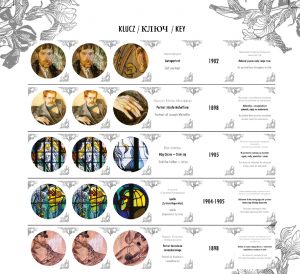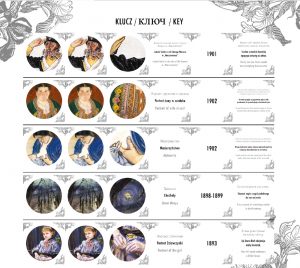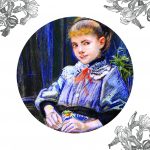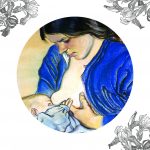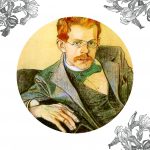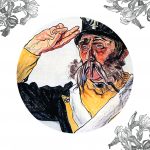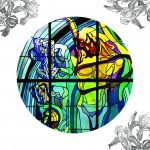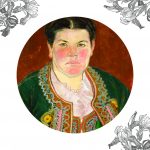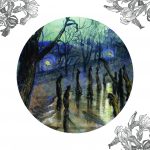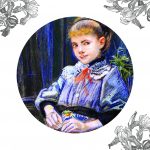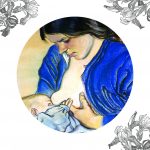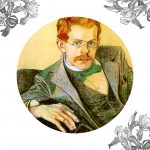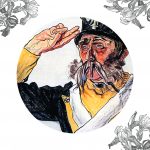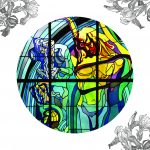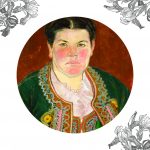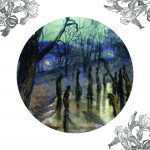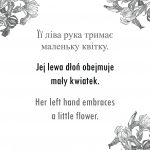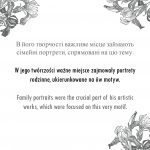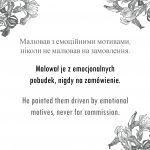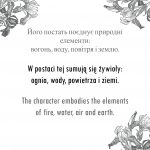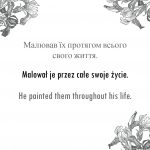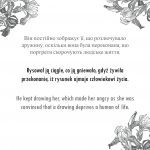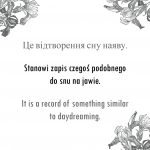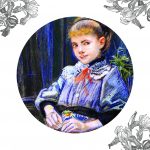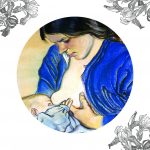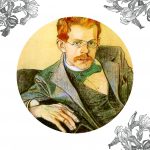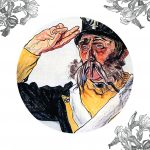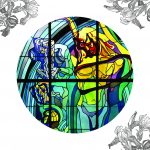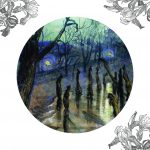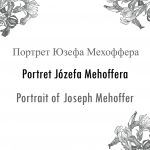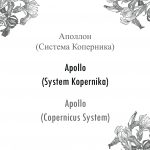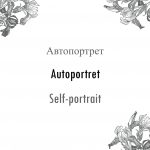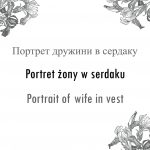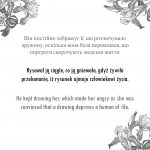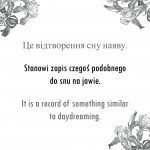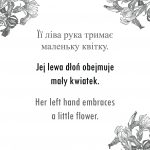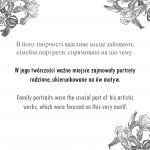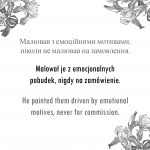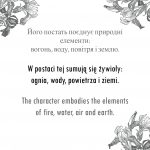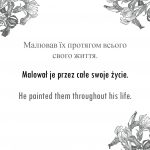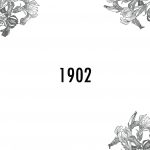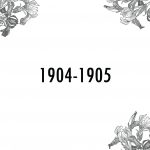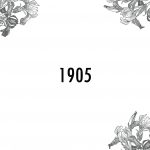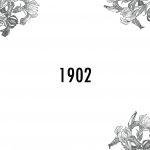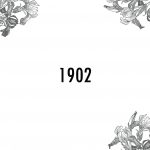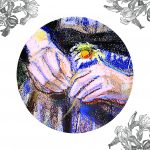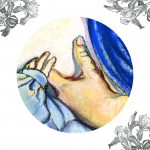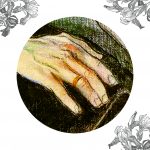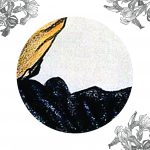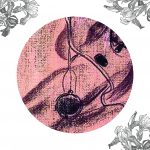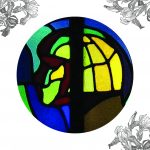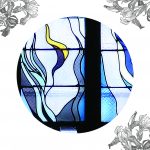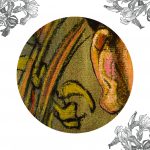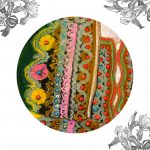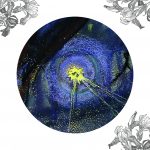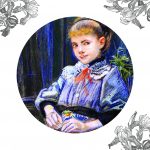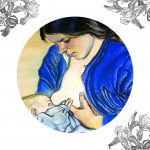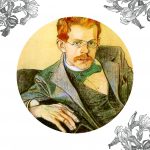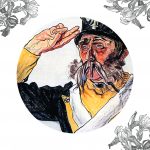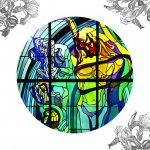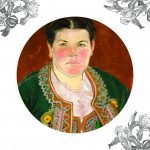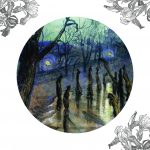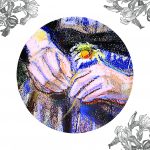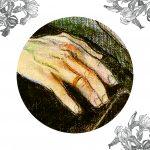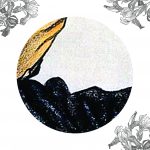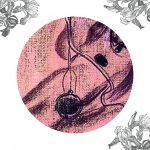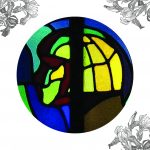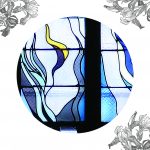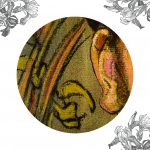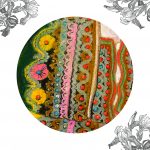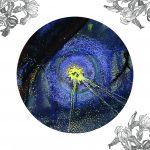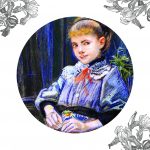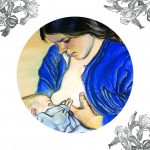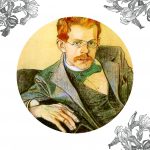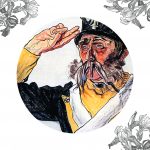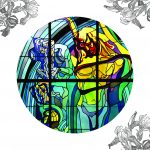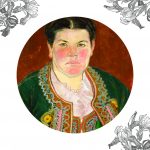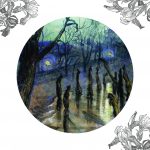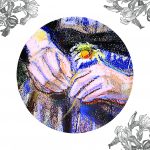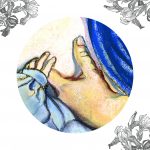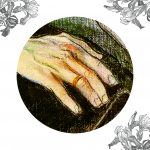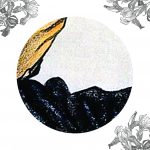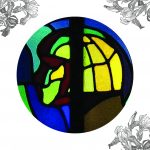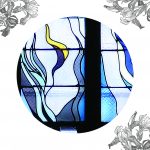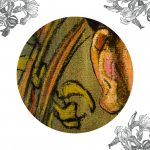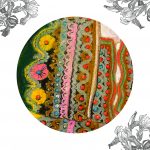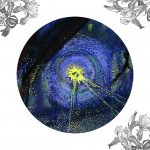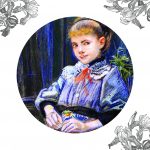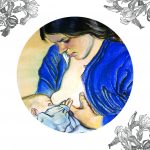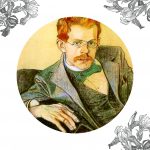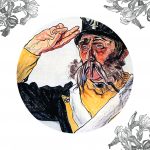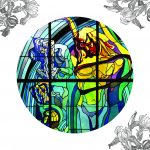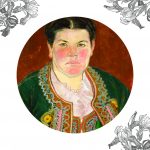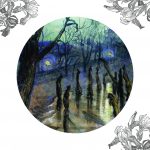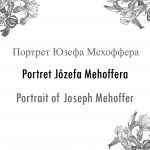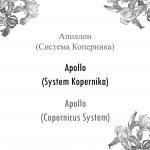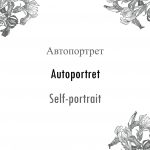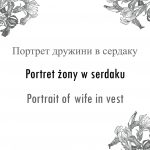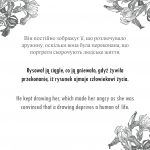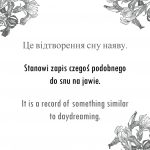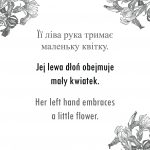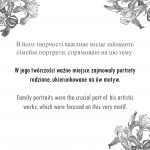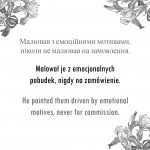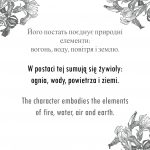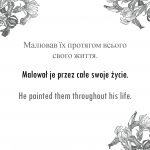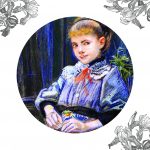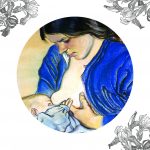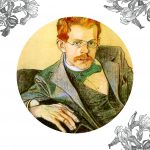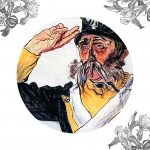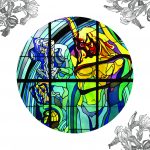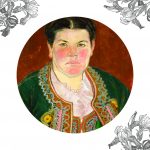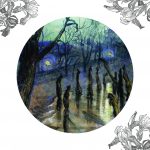Wyspiański under the microscope
“It was in winter of 1894, in the building situated in Św. Anny Street 6, in sombre room of the Zoology Faculty of the Jagiellonian University. Stanisław Wyspiański for short whiles averting his eyes from the microscope, took a pencil and on a carboard he drew six phases of cell division. Then, to better present the dynamics of division, he used charcoal to thicken the contours of phases and spindle apparatus, he coloured the chromosomes with brown, and circumferential parts of cytoplasm with blue pastels. Finally, here and there he added yellow and white. The so created painting, called “The Cellule When Reduplicated”, had initially been used as a poster board in teaching cytology, and when Wyspiański’s fame as a painter became well-established, the painting was set into the frame and displayed as a decoration of the faculty head’s office. It still belongs to the University”.
http://pbkom.eu/sites/default/files/artykulydo2012/35_3_413.pdf
„The Cellule When Reduplicated” – THE RELATIVELY UNKNOWN WYSPIAŃSKI’S DRAWING
Czesław JURA, Department of Systematic Zoology and Zoogeography UJ, Kraków
And what if we examined the works of Stanisław Wyspiański under the microscope? If we focused on a detail, factions? This game is to encourage you to do so – and in a number of ways. Subject of the game is 10 works of Stanisław Wyspiański: paintings, stained glasses, drawings.
The box includes:
- 60 tiles (10 sets of 6 tiles; a set contains 2 tiles with the work, 1 tile with enlarged part of a particular work, 1 tile with its title, 1 tile with the date it was made, and 1 with a factual curiosity)
The easiest version of the game may be played even by children of preschool age. In the subsequent variants, the level of difficulty becomes higher and higher, therefore the game will be a challenge both for the youngest players and for the adults.
VARIANT NO 1 – MEMORY FOR THE YOUNGEST
Game for 2 or more players. Recommended players’ age: 5 – 10.
This game is played with 20 tiles (10 pairs) with the Wyspiański’s works.
The tiles are shuffled and laid face down on the table in such a way that they do not overlap one another. The first player turns over a tile and then in the second move of the same turn tries to find the matching tile. If the player finds a pair, he puts it aside. If not, he turns the tiles back over. In both cases, it is the next player’s turn. The game ends once all tiles have been matched up. The person with the most pairs is the winner.
VARIANT NO 3 – FACTS AND PICTURES
GGame for 2 or more players. Recommended players’ age: 12 – 15.
This game is played with 20 tiles: 10 pictures featuring the works and 10 with factual information.
The tiles are shuffled and laid face down on the table in such a way that they do not overlap one another. The first player turns over a tile and then in the second move of the same turn tries to find a tile with information about a particular work. If the player finds a pair, he puts it aside. If not, he turns the tiles back over. In both cases, it is the next player’s turn. The game ends once all tiles have been matched up. The person with the most pairs is the winner.
VARIANT NO 5 – I KNOW WYSPIAŃSKI’S WORKS BY HEART!
The game may be played in turn by any number of players. One person shall supervise correctness of the tasks performance by consecutive players. This person may also measure each player’s time. Recommended players’ age: 12+
Three random sets of tiles are used for the game. Each set must consist of a picture featuring the work, picture featuring the enlarged part, tile with title, tile with date, and tile with factual information.
The tiles are shuffled and laid so that pictures and texts are face up. The payer’s task to put them into 3 sets related to 3 different works (each set consisting of 5 tiles). Each player’s time may be measured – the person who performs the task in the shortest time is the winner.
VARIANT NO 7 – GAME IN THE VERSION FOR THE ARTS CLASSES
To play the game we use tiles with works and their enlargements. The number of tiles shall correspond to the number of participants.
The participants draw one of the face down turned tiles (featuring the whole picture or its part). Then:
- Younger children may have a card with the work prepared by the teacher. The children’s task is to finish it according to the original or according to their own idea.
- Older children shall draw a selected work or its part and complete it according to the original or according to their own idea.
VARIANT NO 2 – MEMORY WITH ENLARGEMENT
Game for 2 or more players. Recommended players’ age: 7 – 12.
This game is played with 20 tiles with the Wyspiański’s works: 10 pictures featuring the works and 10 featuring their enlarged parts.
[Rules are identical to those in MEMORY FOR THE YOUNGEST]
The tiles are shuffled and laid face down on the table in such a way that they do not overlap one another. The first player turns over a tile and then in the second move of the same turn tries to find the matching tile. If the player finds a pair, he puts it aside. If not, he turns the tiles back over. In both cases, it is the next player’s turn. The game ends once all tiles have been matched up. The person with the most pairs is the winner.
VARIANT NO 4 – TRIO
Game for 2 or more players. Recommended players’ age: 12+
This game is played with 30 tiles: 10 pictures featuring the works, 10 tiles with the works’ title and 10 with factual information.
The tiles are shuffled and laid face down on the table in such a way that they do not overlap one another. The first player turns over a tile and then tries to find 2 matching tiles (the goal is to find a set of tiles: work, title, factual information). If the player is successful in finding 3 tiles related to the same work, he puts them aside. If not – he turns the tiles back over. In both cases, it is the next player’s turn. The game ends once all tiles have been matched up. The person with the most sets is the winner.
VARIANT NO 6 – THE STORY
The game may be played in turn by any number of players. Recommended players’ age: 12+
Ten tiles with different Wyspiański’s works are used for the game.
The tiles are laid face down on the table. A player draws 5 of them and places them face up in front of him. He starts his story e.g. with the words: “Once upon a time..” or “It was a long time ago…”. Then, he tells the story on the basis of 5 pictures he drew. He starts with any of them, and then tells his story so that a reference is made to all drawn pictures.
There are no wrong answers in this game. Imagination is the only limit.
The game was created within the You Shape the World project performed by the Municipal Public Library in Gliwice to celebrate the 110th anniversary of the Stanisław Wyspiański’s death. The Project was co-financed by the Ministry of Culture and National Heritage, and the City of Gliwice
Gliwice 2017
Published in: 300 copies
Game developed by:
The King John III Sobieski Primary School no 9 in Gliwice (Magda Ratecka, Marzena Bach-Cepok, Edyta Stanisławska)
The Comprehensive Secondary School Complex no 3 in Gliwice (Judyta Włodarczyk, Janina Wolsza)
The Polish Noble Prize Winner Junior High School with Bilingual Classes no 3 in Gliwice (Aleksandra Szczepanik, Gabriela Mnich-Witkowska)
The Municipal Public Library in Gliwice (Bogna Dobrakowska, Izabela Kochańczyk, Marta Kryś)
Graphic design by: Justyna Arkit-Kusiek
Translated into Ukrainian by: Anna Aksonova
Translated into English by: Arkadiusz Badziński (tiles), Agnieszka Mistur (instruction)
Graphics used in the games comes from the websites:
|
Self-Portrait |
https://commons.wikimedia.org/wiki/File:Stanis%C5%82aw_Wyspia%C5%84ski,_Autoportret.jpg |
|
Portrait of Józef Mehoffer |
https://commons.wikimedia.org/wiki/File:Józef_Mehoffer_by_Wyspiański,_1898.jpg?uselang=pl |
|
God the Creator |
https://commons.wikimedia.org/wiki/File:Kraków_-_Church_of_St._Francis_-_Stained_glass_01.jpg |
|
Apollo (Copernican System) |
|
|
Portrait of Kazimierz Lewandowski |
https://commons.wikimedia.org/wiki/File:Lewandowski.jpg?uselang=pl |
|
Ludwik Solski playing the Old Veteran in the Varsovian Anthem |
|
|
Portrait of a Wife in Jerkin |
https://commons.wikimedia.org/wiki/File:Stanisław_Wyspiański_-_Portret_żony_w_serdaku.jpg |
|
Motherhood |
https://commons.wikimedia.org/wiki/File:Wyspiański_Motherhood.png |
|
Mulches |
https://commons.wikimedia.org/wiki/File:Wyspiański_Mulchs.jpg |
|
Portrait of a Girl |
https://pl.wikipedia.org/wiki/Plik:Wyspiański-Dziewczynka.jpg |
Licence: Attribution 3.0 Poland (CC BY 3.0 PL)
The game is not for sale.




